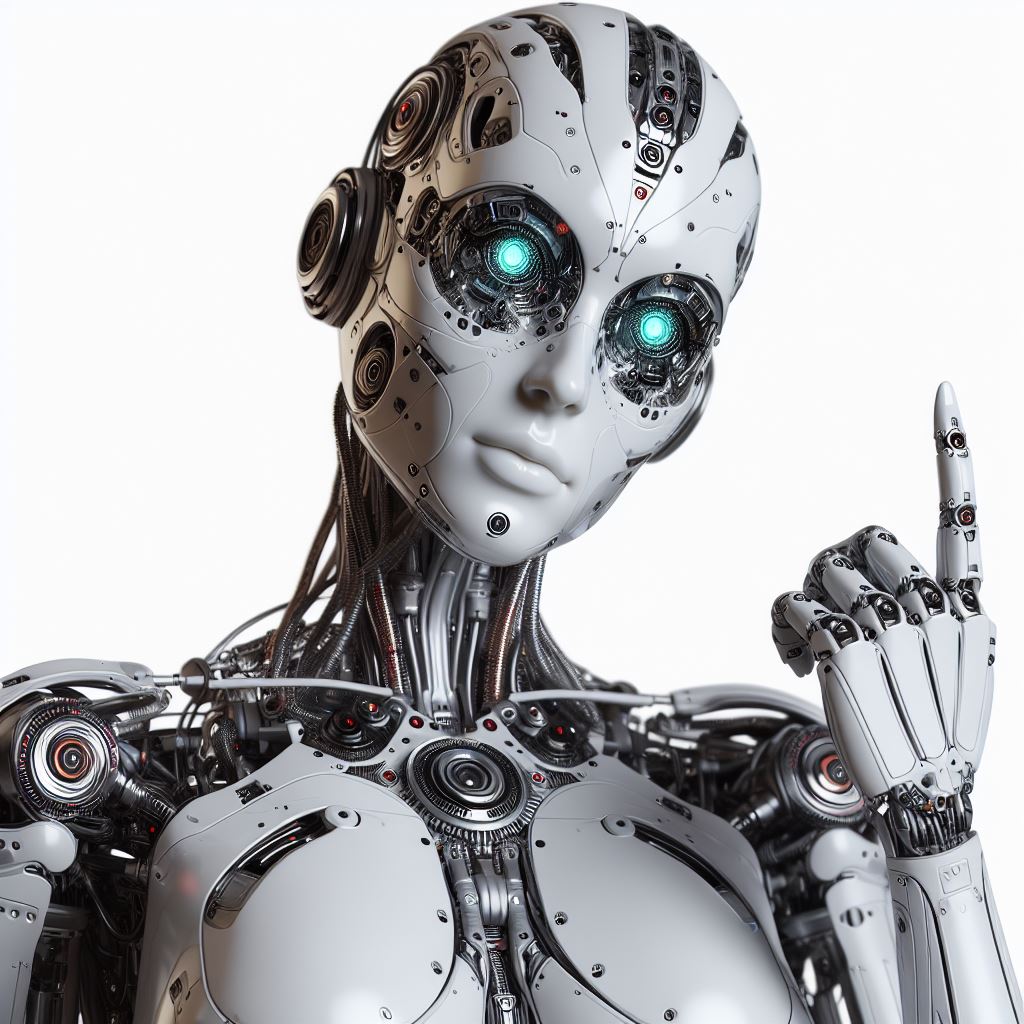Home automation is revolutionizing the way we interact with our living spaces, making them smarter, more efficient, and convenient. It involves integrating various devices and systems in a home, allowing them to communicate and be controlled remotely. This technology is not just for tech enthusiasts; it’s becoming a staple for homeowners looking to enhance comfort, security, and energy efficiency. Let’s explore the benefits and trends of home automation that are shaping the future of smart living.
Convenience and Comfort
One of the primary advantages of home automation is the increased level of comfort it provides. Imagine being able to adjust your home’s lighting, temperature, and security system with a single command or at the tap of your smartphone. Smart thermostats can learn your preferences, adjusting the temperature based on your daily routine, ensuring you’re never too hot or too cold. Automated lighting systems can brighten up a room when you walk in and dim it when you’re ready to relax. These devices work seamlessly together, creating a home environment that adjusts to your needs in real time.
Energy Efficiency
Home automation also promotes energy efficiency, which not only helps the environment but can significantly lower utility bills. With smart devices, you can monitor and control your energy consumption more effectively. For example, smart thermostats optimize heating and cooling, turning off when not needed or adjusting based on occupancy. Automated lighting ensures lights are only on when needed, and energy-efficient appliances can be scheduled to run during off-peak hours, reducing both energy waste and costs.
Enhanced Security
Security is a major concern for any homeowner, and home automation can provide peace of mind by enhancing your home’s safety. Smart security cameras, doorbell cameras, and motion sensors can all be monitored remotely. You can receive real-time alerts on your phone if any unusual activity is detected. Additionally, automated locks can be controlled from anywhere, allowing you to lock or unlock doors even when you’re away. Integration with other smart systems, such as lighting and alarms, ensures your home remains secure at all times.
Improved Accessibility
Home automation can also significantly improve accessibility for people with disabilities or elderly individuals. Automated systems can control lighting, appliances, and locks with simple voice commands or mobile apps, making it easier for those with mobility challenges to manage their home. For instance, smart lights can be turned on or off without needing to physically interact with a switch, and door locks can be activated via voice commands, allowing greater independence and safety.
The Future of Home Automation
The future of home automation is bright, with continuous advancements in technology. The integration of artificial intelligence (AI) and machine learning is set to make smart homes even more intuitive. AI-powered devices will learn your habits and preferences, offering personalized solutions that make everyday tasks easier. For example, smart refrigerators may suggest grocery lists based on your eating habits, while AI-powered voice assistants could help manage your entire home with even greater precision.
As the Internet of Things (IoT) expands, the range of devices that can be automated will continue to grow. From smart kitchens to automated cleaning systems, the possibilities are endless. The next generation of home automation will be about more than just convenience; it will focus on creating an ecosystem of interconnected devices that work together to enhance your quality of life.
In conclusion, home automation is more than just a trend—it’s the future of how we live. With increased convenience, energy efficiency, security, and accessibility, smart homes are becoming a practical choice for homeowners everywhere. As technology continues to evolve, the possibilities for a smarter, more connected home are boundless.
5
